There’s a learning curve for the building industry. We learn what our customers want in their living and working spaces so that we can provide the materials that architects need to make that vision a reality. But at Danpal, we know that we can’t live in the moment. We always have to be looking to the future. What materials are going to last longer? What materials are the most sustainable? Which materials will support environmental concerns? What materials can withstand the harsh weather? What materials will give a building its most attractive appearance?
We’ve been in business for three decades and at Danpal, we know that the learning never stops. That’s why we invest in research and development, and that’s why our wall cladding is such a reliable way of protecting a building from the threats that weather poses in this era of climate change.
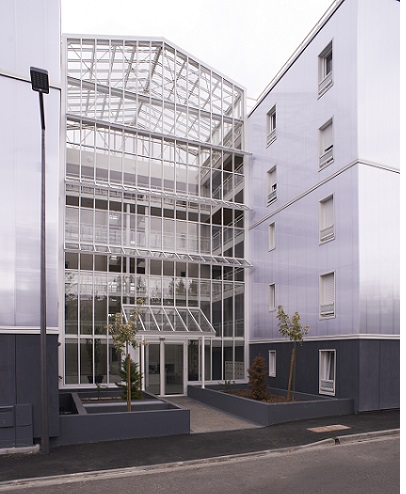 WEATHER: THE ANCIENT ENEMY; WALL CLADDING, THE MODERN SOLUTION
WEATHER: THE ANCIENT ENEMY; WALL CLADDING, THE MODERN SOLUTION
Before the continents formed, before dinosaurs walked the earth, before human beings first learned how to make fire, there was the weather. For primitive humans, the weather was a force as powerful as an army, one that could not be controlled or placated. They had to learn to adapt to weather, but the weather has never had to adapt to our species. As human beings advanced in learning and skills, they learned how to build stronger, more sophisticated structures that provided shelter from the elements. But the weather still held the power. Danpal won’t claim that we’ve figured out how to master snow, rain, sleet, hail, wind or even heat; instead, we’ve concentrated on making buildings that are more weather resistant.
WALL CLADDING IS TODAY’S DEFENSE AGAINST WEATHER
Ancient human beings didn’t have research and development teams capable of exploring innovative ways of advancing civilization. They were busy just trying to survive. No one knows how long it might have taken to create the wheel or fashion a spear, but we know they didn’t have a laboratory to work in. Now, however, we have microcell technology, with connector-bound polycarbonate panels to make a building watertight because of our double notching. The convective motion of the air gap uses natural ventilation to improve energy efficiency by protecting the insulation.
WALL CLADDING PROMOTES ENERGY EFFICIENCY
Our primitive ancestors weren’t worried about the effects of climate change on their environment. But human beings today can’t afford that luxury; we know that if we fail to treat the planet with care, Earth will suffer. Wall cladding is an effective, attractive means of promoting energy efficiency. Keeping energy inside where it belongs supports a living environment that uses heating and cooling wisely. The internal temperature of your living and working spaces should be consistent. If you have to change the temperature inside because it seems too hot or too cold, and you’re paying more in your utility bills, you’ll want to check your insulation to make sure that it hasn’t been compromised by moisture. Danpal wall cladding is the perfect way to add that protective measure to your structure. You’ll be saving the planet while you save money!

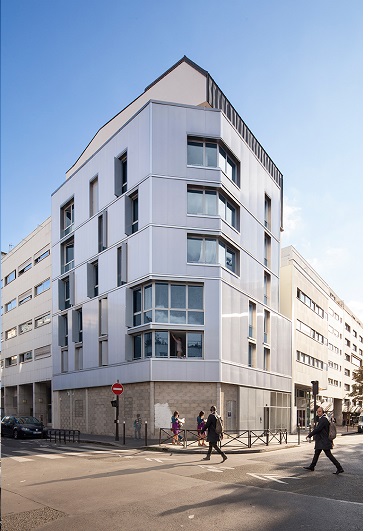 GREEN BUILDINGS AND THE DANPAL MOTTO
GREEN BUILDINGS AND THE DANPAL MOTTO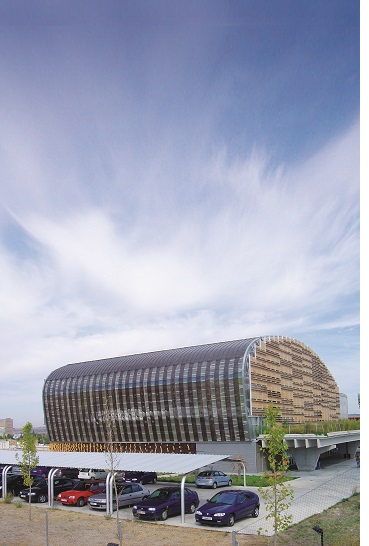 WHY POLYCARBONATE SHEETS ARE SUPERIOR TO OTHER BUILDING MATERIALS
WHY POLYCARBONATE SHEETS ARE SUPERIOR TO OTHER BUILDING MATERIALS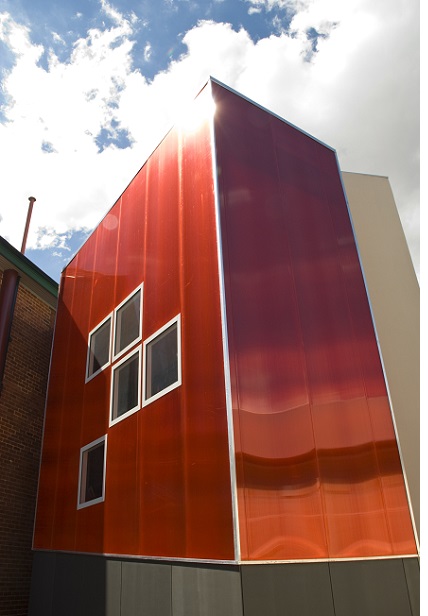 RESOURCE EFFICIENCY AS PART OF THE GREEN BUILDING LIFESTYLE
RESOURCE EFFICIENCY AS PART OF THE GREEN BUILDING LIFESTYLE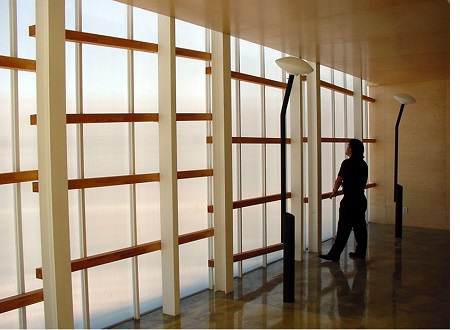 SELECTING GREEN BUILDING MATERIALS
SELECTING GREEN BUILDING MATERIALS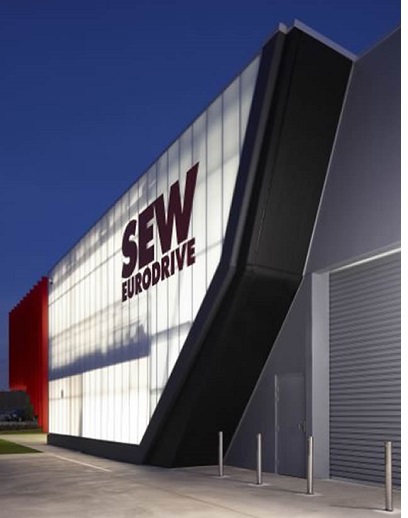 Facades Can Handle The Light
Facades Can Handle The Light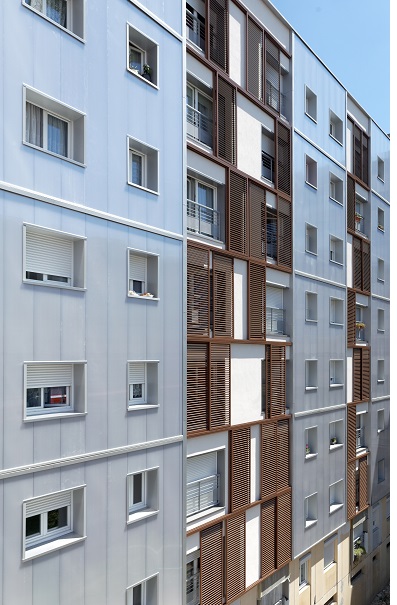 Why Does Insulation Have To Be Protected By Wall Cladding?
Why Does Insulation Have To Be Protected By Wall Cladding?